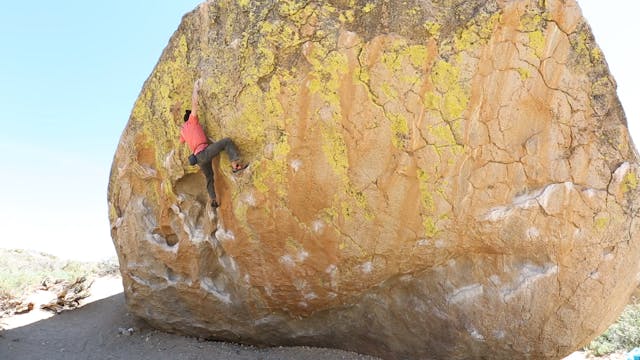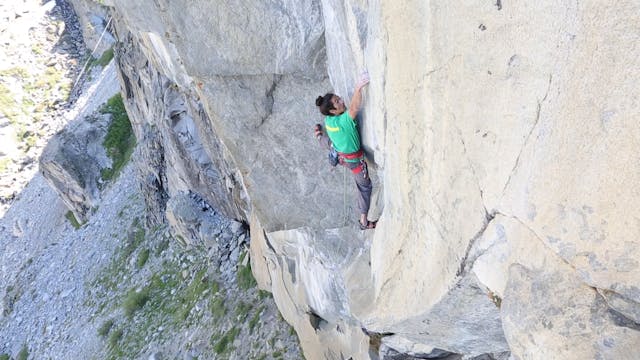Climbing Movement: 2. Direction of Pull
Climbing Movement
•
48s
Most climbing holds have an ideal angle from which to pull. This indicates the direction of pull. Knowing how your hand should grab any hold is important in “planning your route”. This helps you determine your hand and foot “sequence”.
The direction of pull helps you understand how to make best use of the hand-hold or climbing feature. Sometimes you should pull, while other times you will press perpendicular to the feature.
To better understand the different types of holds, and how they affect the direction of pull, see our videos on “Positioning”, “Sequencing”, and “Posturing”.
We hope you found this video helpful. Feel free to comment below with questions or thoughts!
Please remember, climbing is inherently dangerous. Climb at your own risk.
Up Next in Climbing Movement
-
Climbing Movement: 3. Hand Hold Orien...
There are four basic types of hand-hold orientations found in rock climbing. This video does not describe the types of holds, such as a crimper or sloper. Instead, we are talking about hand-hold orientation.
The four types of hand-hold orientations:
1. Horizontal hold - With this type of ...
-
Climbing Movement: 4. Open Hand vs. I...
Let’s review the difference between Open Hand hand holds, and In-Cut hand holds. Think of open hand and in-cut as two different families of holds.
Open Hand - When your hand becomes molded to the rock, without an in-cut feature that allows you to pull on (or away from) the wall. Climbing on o...
-
Climbing Movement: 5. Jugs
A “jug” is a term used to describe a large positive feature, typically a hand hold. The textbook jug is a full hand, or in-cut, or positive circle of a hold, and allows you to completely latch on so you can feel secure.
A foothold can also be “juggy”, meaning very positive and capable of ea...


